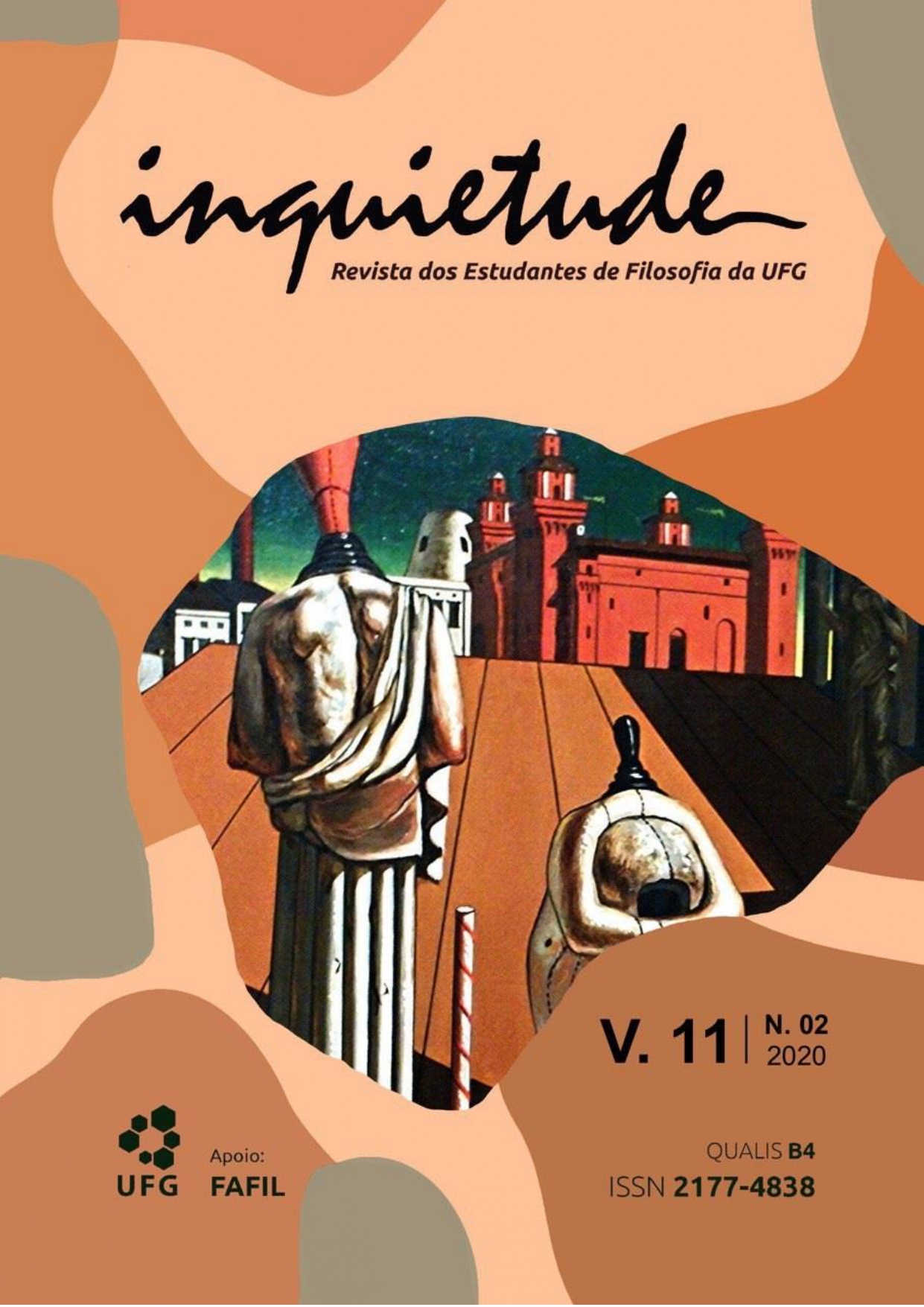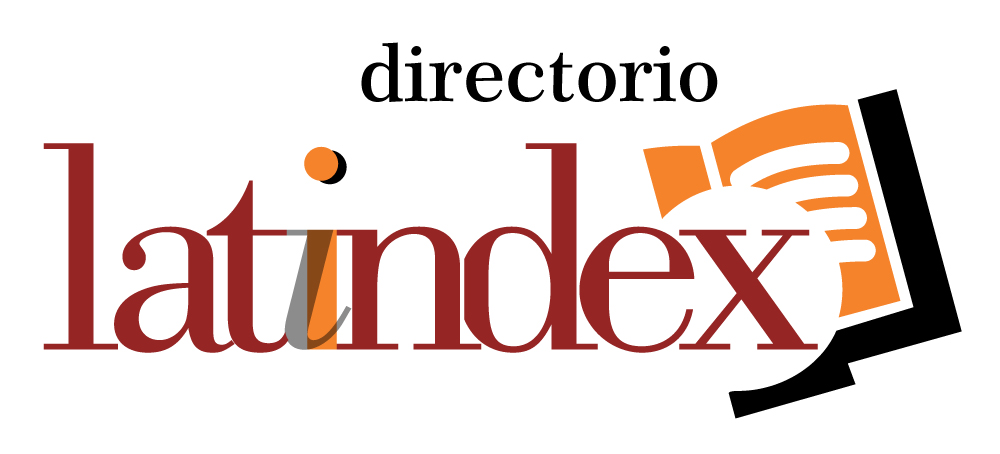The limits of hilemorphism and the transubstantiation in Tomas Aquinas
Keywords:
Eucharist, Change, ConversionAbstract
The problem that this paper deals with is that of transubstantiation as addressed by Thomas Aquinas (1225-1274). Firstly, the relevance of the theme to the History of Philosophy is demonstrated by explaining the vocabulary and conceptual framework used to treat it from prior to the University's appearance until the beginning of modernity. Moreover, it is presented that Thomas contributes to the conciliation between this article of faith and his Philosophy of Nature, using the vocabulary and extrapolating the domain of Aristotelian physics when it does not seem to accommodate the explanation for the phenomenon that occurs in the
sacrament of Eucharist. Thus, some points of conflict are highlighted in which the author expands the domain of Aristotle's theses of physics to produce a philosophy that reconciles the Christian faith with ancient reason, such as: the postulation of the existence of movement (conversion) within the substance, the change in the relationship between substance and subject, the necessity (or not) of a common subject between bread and body and the change in the relationship between presence and place.
Downloads
References
ADAMS, Marilyn McCord. Some Later Medieval Theories of the Eucharist: Thomas Aquinas, Gilles of Rome, Duns Scotus, and William Ockham. Oxford University Press. 2010.
ALEXANDRESCU, Vlad. Descartes and Pascal on the Eucharist. Perspectives on Science, v. 15, n. 4, p. 434-449, 2007.
ARIEW, Roger. Descartes and the last scholastics. Cornell University Press, 2019.
BAYLE, Pierre. Nouvelles de la Republique des Lettres, 1687.
BLANKENHORN, Bernhard. The Instrumental Causality of the Sacraments: Thomas Aquinas and Louis-Marie Chauvet. Nova et vetera, v. 4, n. 2, p. 255-93, 2006.
BOUILLIER, Francisque. Histoire de la philosophie cartésienne. C. Delagrave et cie, 1868.
BOURG, Julian. The rhetoric of modal equivocacy in cartesian transubstantiation. Journal of the History of Ideas, v. 62, n. 1, p. 121-140, 2001.
BROCK, Stephen L. St Thomas and the eucharistic conversion. The Thomist: A Speculative Quarterly Review, v. 65, n. 4, p. 529-565, 2001.
BROWN, Christopher M. Artifacts, substances, and transubstantiation: Solving a puzzle for aquinas's views. The Thomist: A Speculative Quarterly Review, v. 71, n. 1, p. 89-112, 2007.
BURR, David. Eucharistic presence and conversion in late thirteenth-century Franciscan thought. American Philosophical Society, Philadelphia 2007.
____. Scotus and transubstantiation. Mediaeval Studies, v. 34, p. 336-360, 1972.
COWDREY, Herbert E.; REID, Charles J. Pope Gregory VII: 1073-1085. Studia Canonica, v. 35, n. 2, p. 514, 2001.
DUBOIS, Elfrieda. The Benedictine Congregation of Maurists in Seventeenth-Century France and Their Scholarly Activities. Seventeenth-Century French Studies, v. 14, n. 1, p. 219-233, 1992.
FEINGOLD, Lawrence. The Eucharist: Ministry of Presence, Sacrifice, and Communion Steubenville. Emmaus Academic Press, 2018.
FLOOD, David. Friar Thomas d'Aquino, His Life, Thought, and Work. Garden City, N.Y.: Doubleday, 1974.
FUNKENSTEIN, Amos. Theology and the scientific imagination: from the middle ages to the seventeenth century. 1989. Ed. Princeton University Press, 2018.
GARRIGOU-LAGRANGE, R. De Eucharistia et Poenitentia. Translated by Peter A. Kwasniewski for the students of the International Theological Institute Gaming, Austria, 2004.
GOERING, Joseph. The invention of transubstantiation. Traditio, v. 46, 1991.
GRANT, Edward. The condemnation of 1277, God's absolute power, and physical thought in the late Middle Ages. Viator, v. 10, p. 211-244, 1979.
GRISLIS, Egil. The eucharistic presence of Christ: losses and gains of the insights of St Thomas Aquinas in the age of the Reformation. Consensus, v. 18, n. 1, p. 2, 1992.
GUERIZOLI, Rodrigo. Hilemorfismo, essência e definição: Acordos e desacordos do debate medieval. Analytica, v. 16, n. 1-2, p. 67-84.
LEVY, Ian; MACY, Gary; VAN AUSDALL, Kristen (Ed.). A Companion to the Eucharist in the Middle Ages. Brill, 2011.
MACY, Gary. The dogma of transubstantiation in the middle ages. The Journal of Ecclesiastical History, v. 45, n. 1, p. 11-41, 1994.
____. The Theologies of the Eucharist in the Early Scholastic Period: A Study of the Salvific Function of the Sacrament According to the Theologians, c. 1080-c. 1220. Oxford University Press, 1984.
MCCLAUGHLIN, Trevor. Censorship and defenders of the Cartesian faith in mid-seventeenth century France. Journal of the History of Ideas, v. 40, n. 4, p. 563-581, 1979.
NADLER, Steven M. Arnauld, Descartes, and Transubstantiation: Reconciling Cartesian Metaphysics and Real Presence. Journal of the History of Ideas, v. 49, n. 2, p. 229-246, 1988.
RADDING, Charles; NEWTON, Francis. Theology, Rhetoric, and Politics in the Eucharistic Controversy, 1078-1079. Columbia University Press, 2003.
RUBIN, Miri. Corpus Christi: The Eucharist in late medieval culture. Cambridge University Press, 1991.
STORCK, Alfredo. A noção de indivíduo segundo Santo Tomás de Aquino. Analytica, v. 3, n. 2, p. 13-53, 1997.
TKACHENKO, Rostislav. A Thomistic Untranslatable: a Conceptual Analysis of Aquinas’ Doctrine of Transubstantiation. Sententiae, v. 34, n. 1, p. 61-79, 2016.
WISSINK, Jozephus B. (Ed.). The eternity of the world: in the thought of Thomas Aquinas and his contemporaries. Brill Archive, 1990.
Y GARCÍA, Antonio García; CONCILIUM LATERANENSE (4: 1215). Constitutiones concilii quarti Lateranensis una cum commentariis glossatorum. Biblioteca apostolica vaticana, 1981.
Downloads
Published
How to Cite
Issue
Section
License
Copyright (c) 2024 Luis Felipe Alves Oliveira

This work is licensed under a Creative Commons Attribution-NonCommercial-NoDerivatives 4.0 International License.









